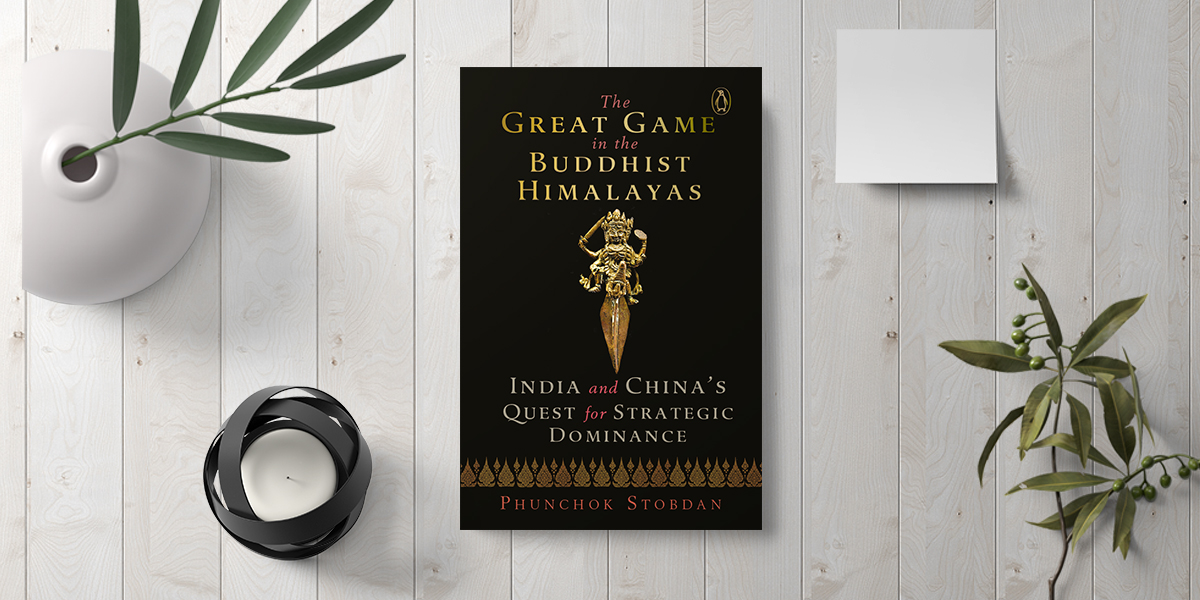
The Great Game in the Buddhist Himalayas is an attempt to provide several unknown insights into the India-China, India-Tibet and China-Tibet relationships. The book tries to take into consideration the overriding power of the conflicting cultural interests that are linked to the geopolitical interests of both China and India. At the same time, the book suggests how Buddhism could become a potential source for recultivating awareness towards an India–China congruity in the current context.
Read on to discover some interesting facts about the contentious India-China relationship:
- It might seem a strange contradiction then that two ancient nations, India and China, bordering each other and sharing a spiritual destiny for thousands of years, have become bitter geopolitical rivals, especially in the Himalayas. Most tend to believe that the mutual mistrust has its genesis in colonial history when Indian troops fought for the British against the Chinese anti-colonial uprising (the Boxer Rebellion) between 1899 and 1901. The event, though unintended, was to underpin the course of the relationship between the two countries in modern times.
- Tibet was never an issue of public importance in India even months after the March 1959 uprising in Lhasa. In fact, until 1958, there were hardly any serious differences between India and China, even though the need to sort out the discrepancies in boundary maps along with minor readjustments was felt by the two sides. Indian concerns related more to the difficulties faced by Indian traders in Tibet. The notes exchanged between the two countries in the early 1960s suggested that managing trading activities for India had become untenable because of the constant harassment faced by Indian traders.
- Up until 1959, the border was not a serious issue even though there had been a few skirmishes arising out of discrepancies in maps, especially in the Aksai Chin and Barahoti areas. It was a time when the Chinese were consolidating their hold on Tibet. The controversy only erupted between September–November 1955 over Chinese troops preventing an Indian detachment from entering Damzan (south of the Niti Pass).
- China sees a great advantage in employing Buddhism alongside its hard-power pursuits, especially to seek political and economic leverage in the context of China’s latest OBOR initiative in Asia. For quite a few years now, China has been conducting ‘Buddha relic diplomacy’ to improve ties and win important economic and infrastructure projects, such as in Myanmar, Sri Lanka and elsewhere. Buddhism is among the list of weapons that the Chinese seem to have considered best suited to employ even in the Indian Himalayan belt. The Indian Buddhist Himalayan complexity is fast changing and could be a source of considerable concern for India’s security. In part, this seems to be arising from an excessive Tibetan influence (‘Tibetanization’) in the Himalayas via a gradual taking over of Indian institutions by Tibetan lamas in the Buddhist Himalayas.
To know more about the complexities of the Indo- China relationship, grab your copy of The Great Game in the Buddhist Himalayas today!









